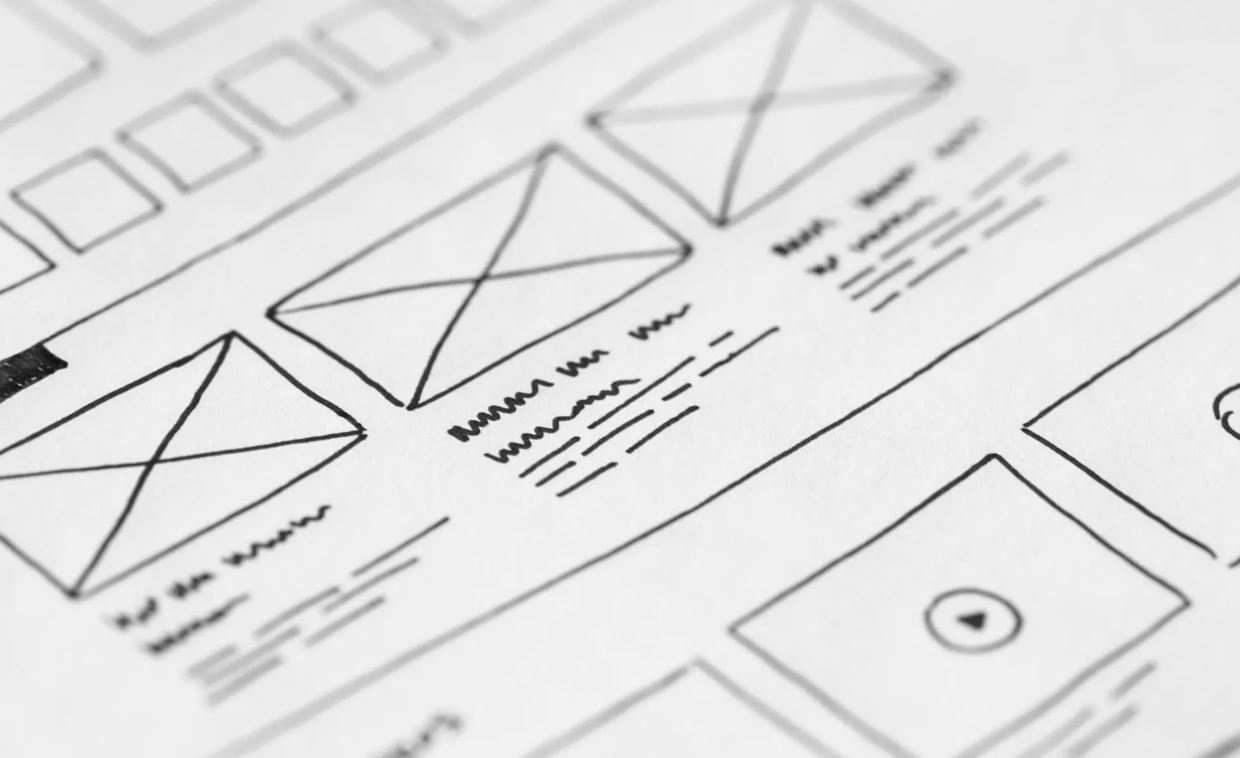
A data-driven design is a design that uses data to show how users interact with products. It also involves using data in the creation of designs to improve user experience. Data helps designers know the preference of users and how they interact with products. The use of data-driven designs also helps to eliminate any bias a designer might have towards a particular design in favor of designs backed by data.
How To Effectively Use Data In Designs
-
Understand both the needs of users and the business's goals:
It is important to take out time to research users. Data collection aims to reveal insights into user behavior which can then be used to create designs. This makes it important to understand both the needs of users and the business goals. After doing proper research, you can then select a set of metrics compatible with your business goals.
-
State your primary data sources:
It is important to evaluate data sources and the time and effort required to collect data. Doing this can aid design activities.
-
Visual data presentation:
Presenting data visually is one of the best ways to convey your message and draw attention to key messages. Charts, graphs, and other visual methods can convey the information in data to stakeholders
Using A Combination Of Quantitative And Qualitative Data
When creating a data-driven design, it is best to use a combination of quantitative and qualitative data. This is because while quantitative data provides numerical data on what actions users take, qualitative data shows you why users take the actions they do and how they do it.
Methods Of Collecting Quantitative Data
These include:
-
A/B testing and multivariate testing:
Also known as bucket testing, it involves testing different website versions to see how they perform against each other. It is relatively easy to conduct and is used to show if a version of a website design works better than another version based on the level of conversion.
Multivariate tests are performed to determine the best combination out of defined combinations. A/B and multivariate tests are good indicators of which solutions are best for a particular user base.
-
Analytics:
Analytics provide various metrics that show you the number of visitors to your website, what they clicked, how they arrived at your website, etc. It is advisable to use areas with high traffic to optimize conversion rates as they generate data at a faster rate.
-
Survey:
This data collection method can be used to collect both quantitative and qualitative data. A well-designed survey can be used to answer questions related to quantitative data.
Methods Of Collecting Qualitative Data
These include:
-
User feedback:
User feedback is best derived from social media. Viewing user complaints on social media can guide you on what changes to make and can improve your Net Promoter Score.
-
User flows analysis:
Refers to the path users take as they move through a website. UX experts have a path that they expect users to follow. Deviations from the anticipated path might indicate problems with the user experience. A user flows analysis can be conducted by providing users with a specific task, observing them while they complete the task, and asking specific questions at the end of the task.
Conclusion
Incorporating a data-driven design can result in increased conversions and product performance. Using data can help influence your design decisions, leading to creating designs that engage users.
